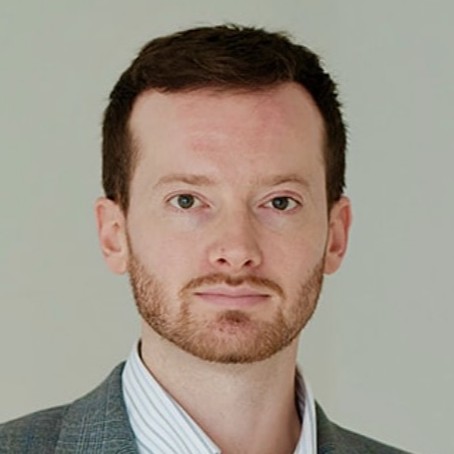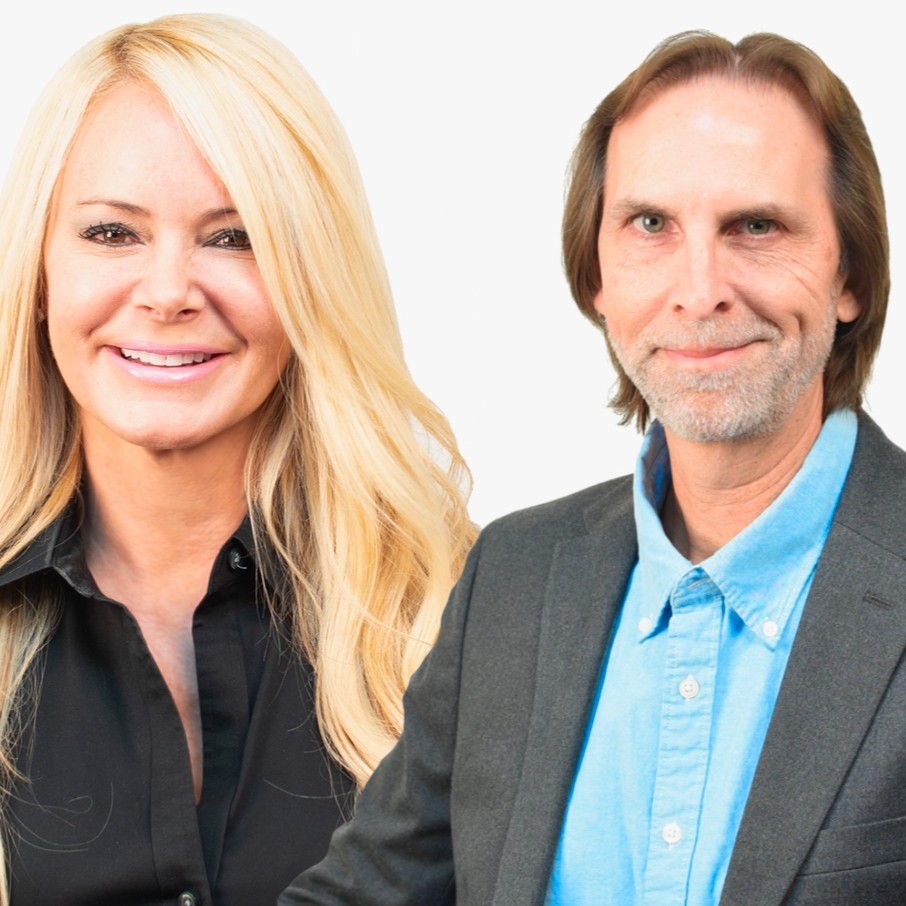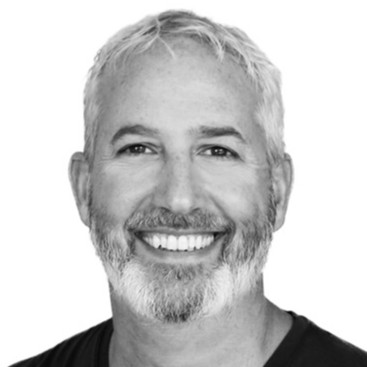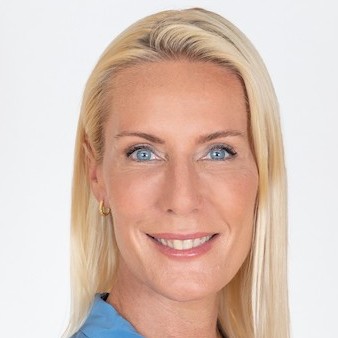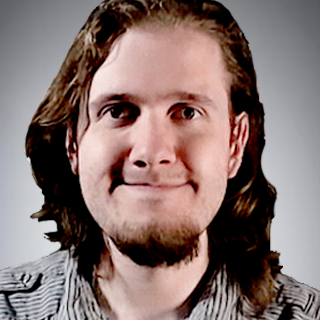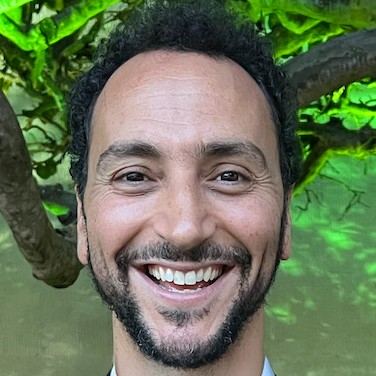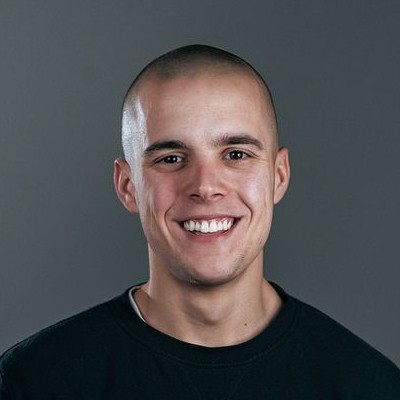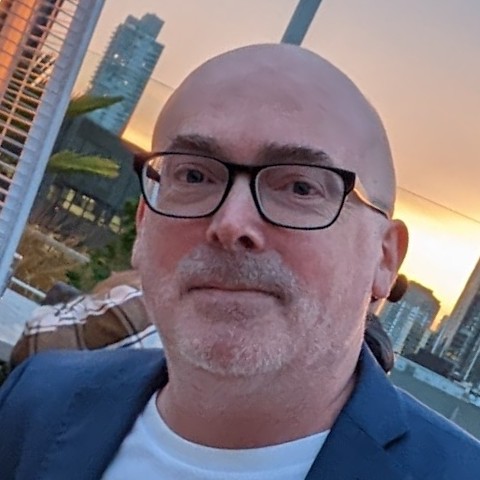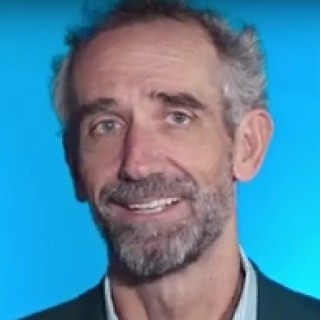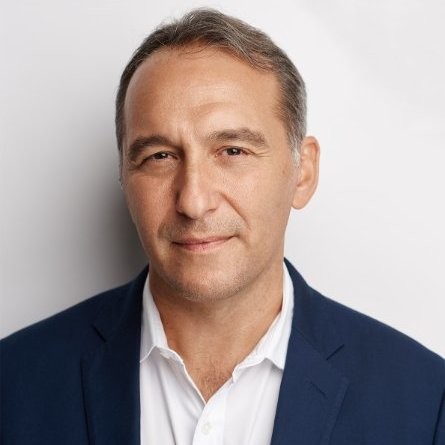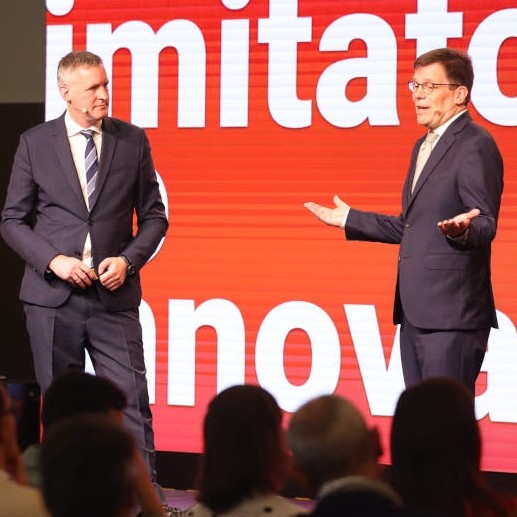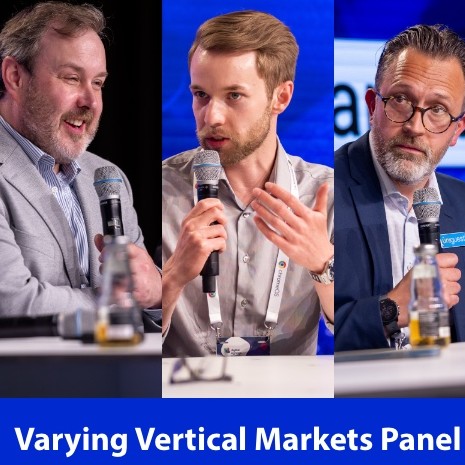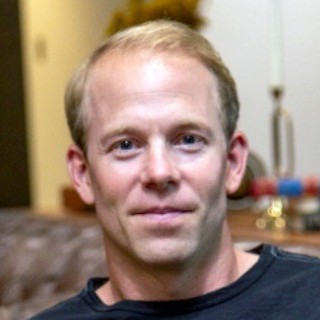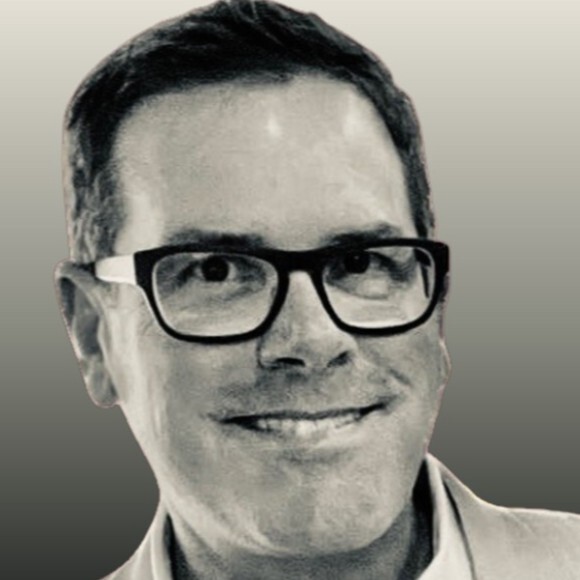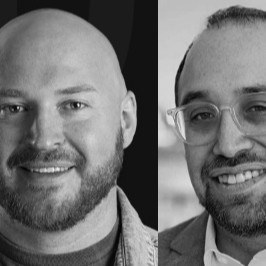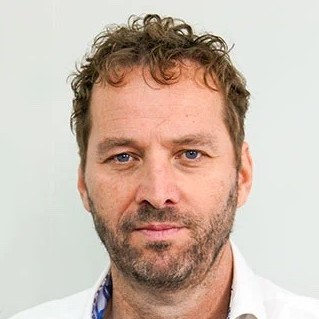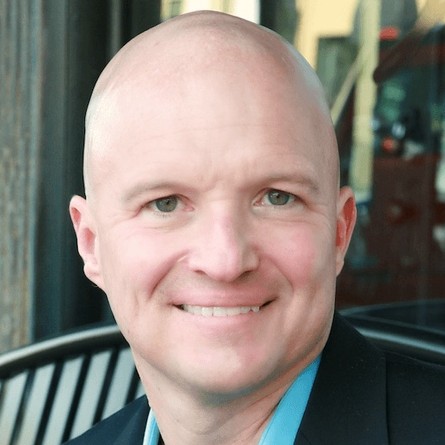Anthony Nerantzis, Stream
Description
The 16:9 PODCAST IS SPONSORED BY SCREENFEED – DIGITAL SIGNAGE CONTENT
Feeding the content beast is an endless challenge for most companies who have invested in digital signage technology for their venues, particularly when the messaging mission is not data and pricing, but material that informs, educates and generally occupies the time of viewers.
There are a few companies out there with suites of free streaming content channels, curated and sorted by interest areas. But free means ad-supported. So the action channel a bar owner might have up on screens has digital OOH ads, just like linear TV.
A start-up called Stream is coming at this from a different angle, producing custom content that looks like cable TV news channels and is sorted by interest areas, like channels for medical and dental offices. The big differences are no ads and low-cost monthly subscription fees. The service puts people on screens, but AI is also used to what Stream calls augment the videos.
Started just a year ago and just coming out of side hustle/stealth mode, the founders are going after what they say is a gap in the market for this type and style of content. But in meeting with prospective customers, they've also uncovered hidden demand for private label TV channels for larger clients.
I chatted recently with co-founder Anthony Nerantzis.
Subscribe from wherever you pick up new podcasts.
TRANSCRIPT
Anthony, thank you for joining me. I knew nothing about your company, Stream, until the other day I got an email, I looked at it and I thought, this is interesting, who are these guys? And I asked a couple of questions and concluded that perhaps we should have a chat. Can you give me a rundown of what you do?
Anthony Nerantzis: Yeah, absolutely. First of all, thank you so much for having me on your program. A big fan. My name is Anthony Nerantzis, and I'm the CEO and co-founder of Stream. Stream is in a unique space and we think of a new space in the digital signage industry.
What we're doing is producing really premium, but low-cost and customized content solutions for CMSs, network operators, and so on to put what is a premium content product and deliver premium content product to their end users. Our whole content model is based around on unique streaming channels. So we have both plug and play, but also these white-label custom channels that we produce for brands and organizations that want to get their messages out in a contextual way to drive engagement with their customers and their viewers and we're really excited about it.
So if I'm looking at one of your content channels, what does it look like?
Anthony Nerantzis: Yeah. So what we did is the founders of Stream come from media and comms backgrounds. So what we’re the best at is telling stories, visual storytelling, narrative storytelling, audience engagement, and what we identified is that a broadcast news look and feel with a host, with that graphic representation of messages, people are drawn to that. People want to engage with that sort of content. It's a premium, high-level content, think ESPN or CNN. So all of our content is based around that broadcast news style, look and feel.
What we do is for different, contextual environments, different venues, we create content that's relevant to those venues. Think of a broadcast news channel for a doctor's office. Think of a broadcast news channel for the C-Store. It's really contextually relevant content for those different environments, and it's delivered in that nice look and feel of a news broadcast.
So it's audio-driven?
Anthony Nerantzis: We do offer audio solutions, but what we've found for the digital out-of-home environment, typically, there is no audio, and that's for a few reasons. First, our file sizes, just as far as the handshake and the transfer, with our partners, a smaller file size, easier to transfer, easier to upload. But second of all, a lot of the end users that we've worked with, especially on the white-label channel side, don't want noise pollution in their environments. They're just looking for that visual component. So that's where our focus is.
We obviously do audio, but our bread and butter is, that visual aspect, brilliant visuals, that draw people in.
So if it looks like broadcast news, is there a reporter or a host or whatever you want to call it, on-air talent, talking, but you subtitle it or is it more visuals with supporting, titles or captions?
Anthony Nerantzis: It's a great combo of both. So we do have our lineup of Stream hosts that we utilize for our production and our development and then they do appear on the screens, and yes, with a subtitle delivery of those messages, but we have graphics of messages, headlines, subheads.
You wouldn't turn our broadcast stations on your TV after a long day and sit down on the couch, but if you were to do that, it does appear as if it were a CNN, ESPN, or Fox News sort of broadcast look and feel.
That sounds expensive. I mean with on-air talent and everything else and the news resources that you need for that, having some experience in that in my old newspaper days and everything else, and there's a little bit of rxperience with broadcasting. On-air talent and everything else costs real money. How do you get around that?
Anthony Nerantzis: Absolutely. So, as I said, we come from the media and the comms space. So we do have that production value, that know-how of the space. What we've done is we've integrated some neat, really revolutionary, AI augmentation, to our displays and the content. So not only does that accelerate. our production process but it also helps us keep our costs, you know in check And allows us to provide what is really low-cost content to our end customers.
Obviously right now we're priced to scale. it's not cheap but we're excited, you know comparatively to a lot of the other options content out there. We're able to come in comparably, if not in a lot of cases lower, but still delivering a premium product.
Are these AI avatars, are they generated hosts as opposed to real on-air talent?
Anthony Nerantzis: So not generated. So we call it augmented because they are our host, they're on payroll and we work with them for a number of different creative, creative situations and use cases. But yeah, so one of the ways that we're really able to within our tech stack drive our costs down is through the rendering process. Again, augmenting our hosts rather than it's not what we're doing is not fake or avatar generated in that capacity, but we are using our, real life host talent and then using them as AI generated through and to deliver them across our streaming channels.
It sounds like there's two ways to go at this, the standard sorts of channels that you already have, and there are custom channels. If it's a standard channel that's going into a doctor's office, what am I subscribing to? What roughly am I going to pay? I'm sure there's and it depends on there, but, also just what's the refresh cycle? Is this something that's refreshed daily, weekly, monthly?
Anthony Nerantzis: Yeah, absolutely. That's a great question. So I think a doctor's office is a really great example of where we show up in a way that current content options aren't quite there.
What we're doing, I would say on the plug and play side, we have several channels. We have Med One, which is a catch all healthcare sort of channel of healthcare infotainment, and then we also have a dentistry channel, and then we also have a dermatology channel and we're looking at other avenues for other use cases within the medical field.
But what these are doing is they're showing really interesting infotainment content that's relevant to those spaces. We like to say contextually relevant. They're sharing news from around the industry, news from across the health landscape across the US. It's all G-rated. We use the four year old test. If you're a mom in a waiting room, what would you be comfortable with your four year old seeing? So it's not gory.
It's just health tips and interesting stuff. That's going on studies hey a new study came out that lifting weights after 60 is good for bone density, things like that, and then our custom channels, if you are a bigger network and you own a network of, several hundred screens across, dentists office, we can really get really custom on that white label space with corporate branding, corporate messaging, and really for those brands, taking the exact messages that they want to deliver to their customers in that really unique five to ten minute waiting room experience, and getting them off their phones and having them focus on the screens, with relevant content.
As far as pricing goes, that's where we're really excited and probably most proud. So for our venue channels, that's our kind of our second tier. Those really environment specific channels such as healthcare, those can MSRP run anywhere from $10 at the high-end and $5 at the low end. So compared to what it would cost for a CNN Health with through a cable subscription, it's really nice, it's obviously a fraction of that. But it's also a step above rotating PowerPoint slides, with messages that say, “Go get your flu shot”, which after the third or fourth flip, people are tuning out.
From a cost perspective, it's extremely competitive. And then the white label channels, that's also really exciting for us because we're able to deliver those brand specific channels at a really affordable cost.
I suspect that's definitely a “it depends” thing on how much

